How did life originate in the universe?

Ancient Life as Old as the Universe - YouTube
As far as we know, life has existed on a single planet for about 4 billion years.

It's possible that ancient life arose shortly after the Big Bang, when the universe was much more strange and fantastical than it is now, or that it could have originated anywhere other than Earth. There are several powerful theories to unravel the mystery of the birth of life.

One of these is the ``paradox theory of life''.
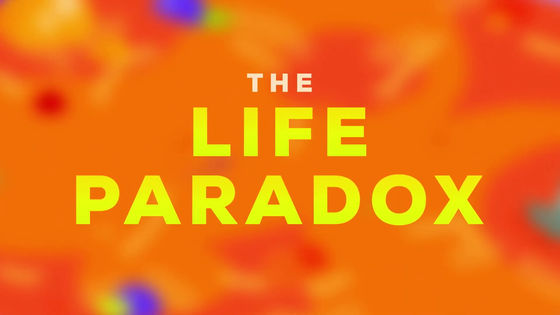
For the first few hundred million years of its existence, the Earth was a magma hell, constantly bombarded with asteroids.
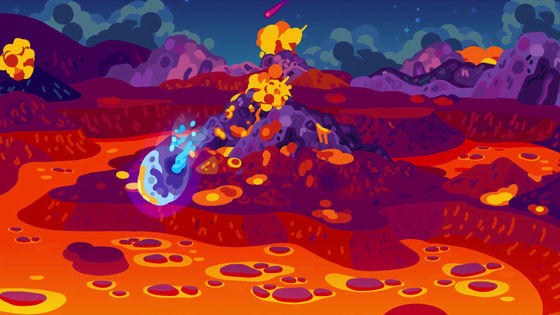
Then, soon after the first oceans form, life emerges, with billions of microorganisms populating every corner.

This seems strange, since life on Earth is as old as Earth itself. This is because it seems as if life was waiting for the earth to be born, the oceans to form, and the environment to survive to be created. Another mystery remains that life did not only appear very quickly, but also that it had already undergone significant evolution in the short time it took to emerge.
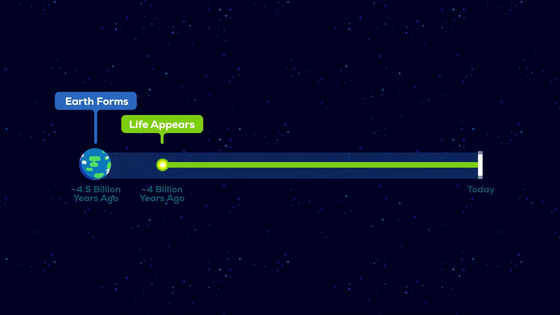
Even microorganisms need to eat, excrete, grow, and reproduce in order to be recognized as living organisms. What is needed for this purpose is
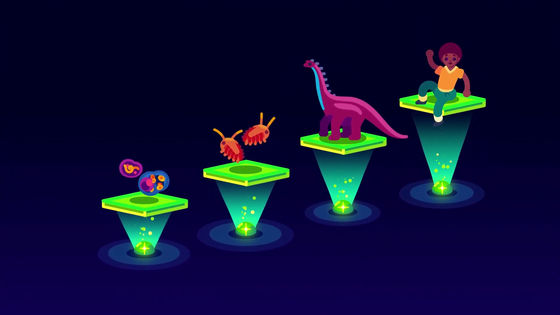
One of the greatest mysteries in science is how

The simple explanation of why this is a mystery is that a functioning genome requires proteins, and making those proteins requires a functioning genome. Both proteins and genomes are extremely long molecules made up of fairly complex blocks, and it is difficult to imagine that they are assembled by chance.
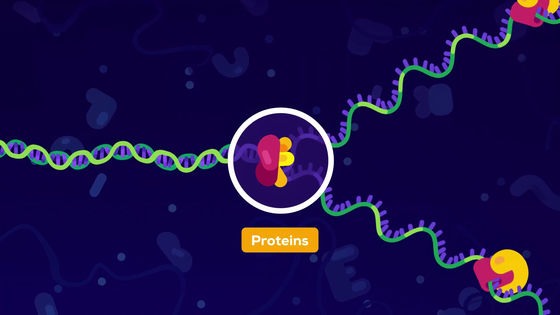
Just like the '

Once the cells are complete, the entire system functions efficiently. However, starting from a simple corpse and arriving at an advanced organism with a genome through pure chance, it must have taken a surprising amount of trial and error.
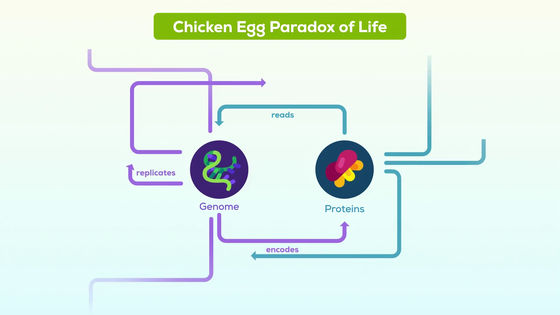
So how were the first organisms able to cross that gap in just a few hundred million years? Most theories about the origin of life attempt to explain that gap by theorizing that
Think of the genome as a book that tells the history of life.

As time passes and life evolves, more creatures appear. Amoebas, fish, amphibians, dinosaurs, mammals, etc.

Over billions of years, the story of life becomes increasingly complex.

The genome can be thought of as a long string of biological instructions that grows at a nearly constant rate. The genome length of fish is more than twice that of earthworms, and that of humans is more than twice that of fish.
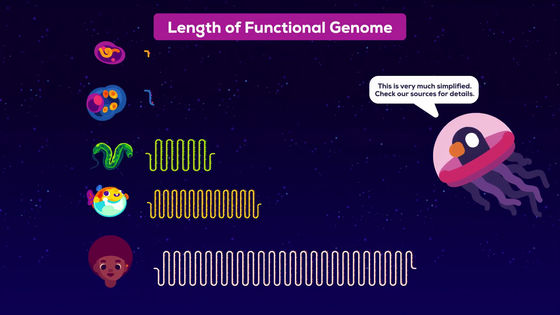
Analysis of these clues shows that the genome has doubled in length on average every 350 million years. 'It's as if evolution follows an exponential internal clock,' Kurzgesagt explains.
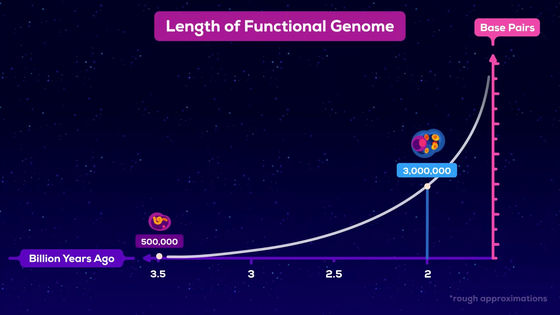
But there's something even stranger. The first microorganisms to appear on Earth, even if they appeared simple, 'appeared to already have quite long and complex genomes.' How did life achieve that level of complexity in such a short period of time?
There may be an interesting way to solve this mystery. The idea is to 'roll back the exponential clock and extrapolate to the simplest possible life form, one with a genome of just a few letters.'

However, this method would trace back the origin of life to 10 billion years ago. This is more than twice the age of the Earth, let alone life. In other words, if we assume that life evolved as described above, it would have started somewhere in the universe, not on Earth.
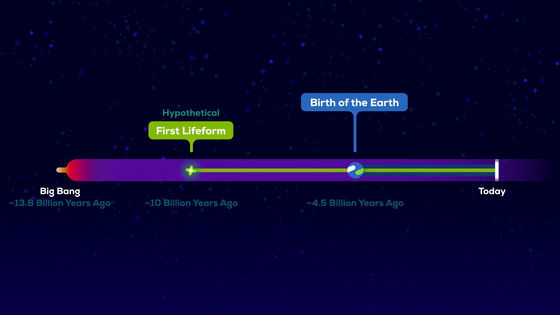
If life already existed in the universe as a seed, it simply needed water and warm temperatures to wake up and continue evolving. It also explains why the first life on Earth was highly sophisticated.
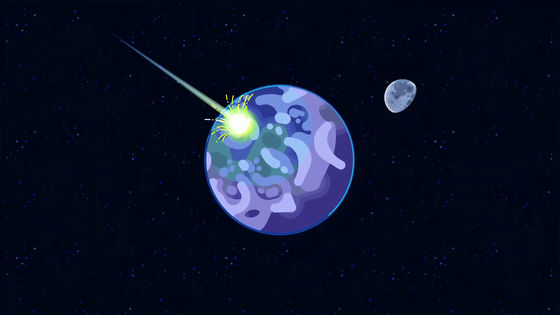
The ``Goldilocks baby universe theory'' suggests that life may have existed even before Earth.
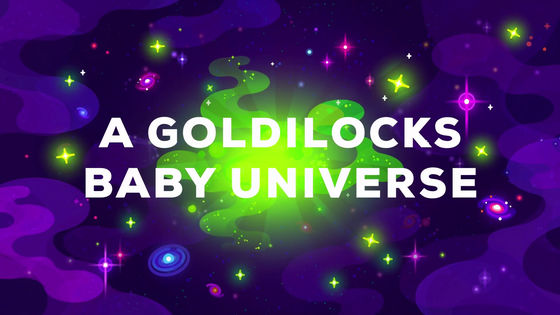
At the most basic level, life requires two things. Chemical elements suitable for forming complex molecules and a liquid medium, such as water, in which those molecules can move and interact.
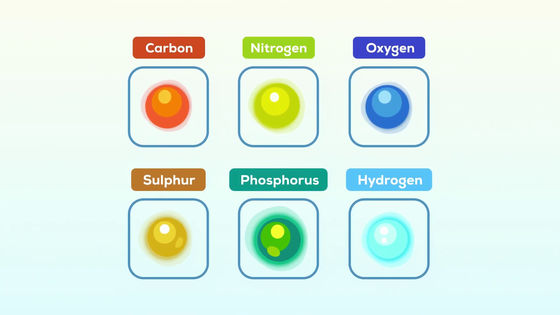
The liquid medium must maintain a sufficient temperature to remain liquid.
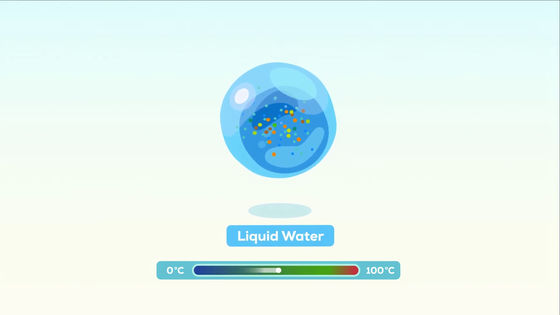
When searching for life in space, humans focus on ``Earth-like planets that are warm enough for liquid water to exist'' that are just the right distance from the star. This is called
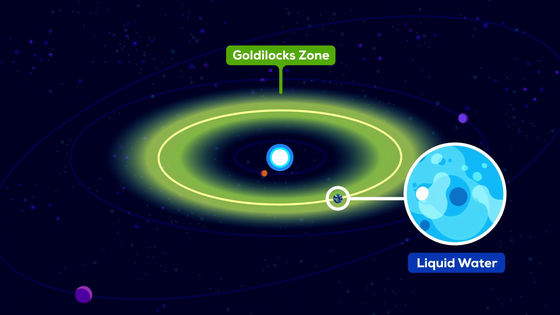
However, there was a time in ancient times when almost every area of the universe was a Goldilocks zone.
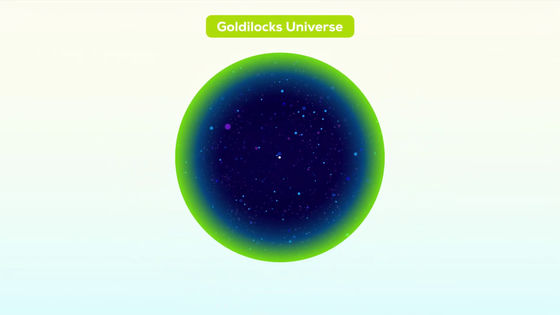
Immediately after the Big Bang, the universe was extremely hot, but as the universe expanded, the temperature began to cool.
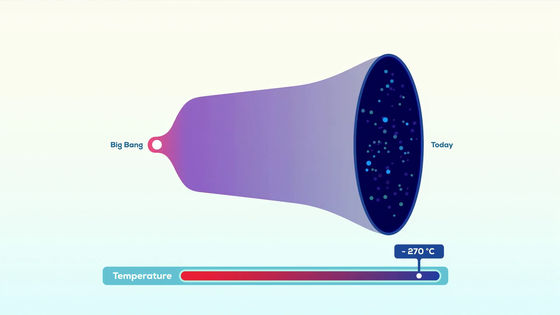
Approximately 10 million to 17 million years after the Big Bang, the universe was 1,000 times younger than it is today, and maintained a temperature between 0 and 100 degrees Celsius, at which water is liquid.
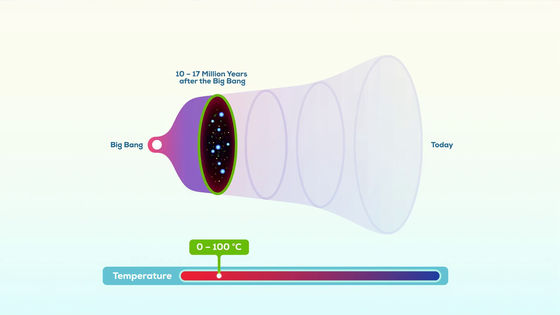
In other words, at this time more than 13.7 billion years ago, the temperature throughout the universe was suitable for supporting life. However, life does not originate just at the right temperature. Chemical elements such as carbon and oxygen are also needed, and these are created in the core of the star.
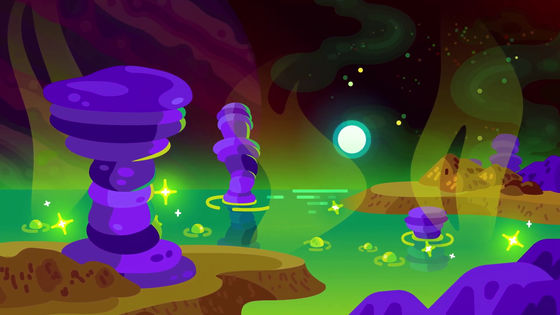
However, did stars exist in the universe immediately after the Big Bang? It may have existed in regions of the universe where matter was particularly dense. If such a star existed, it would have been so massive that it would have gone supernova in just 3 million years, disseminating the universe with the chemical elements needed to form dust, asteroids, planets, and the materials for life. there is.
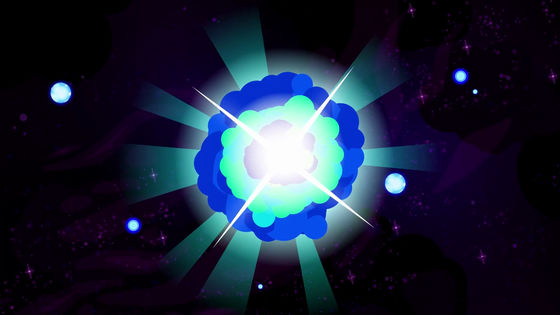
Perhaps life's first ancestors were more exotic, not even needing water and thriving on substances like ammonia and ethane that can remain in a liquid state at temperatures well below zero.
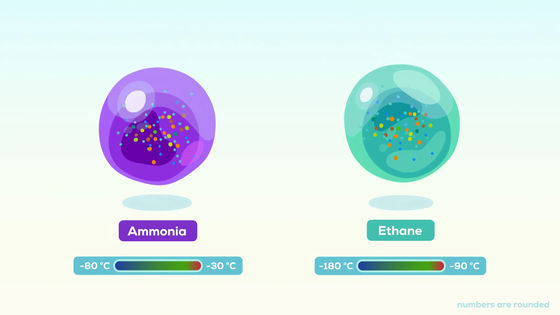
The essence of this idea is that while the current universe is an extremely harsh environment for life, the conditions for the birth of life could have been basically anywhere in the universe back then. Kurzgesagt pointed out.
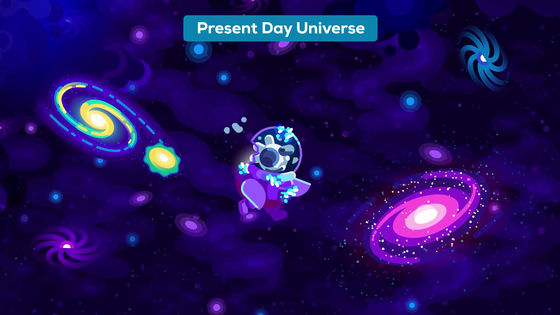
It is possible that such a period lasted for tens of millions of years, in which case primitive life could have formed on any rock or even among stars.
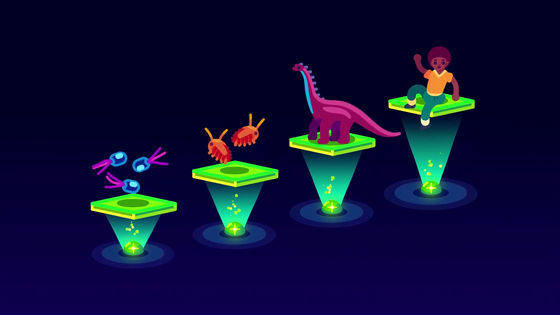
If life came to Earth from space, there is a good chance that life exists elsewhere in the solar system.
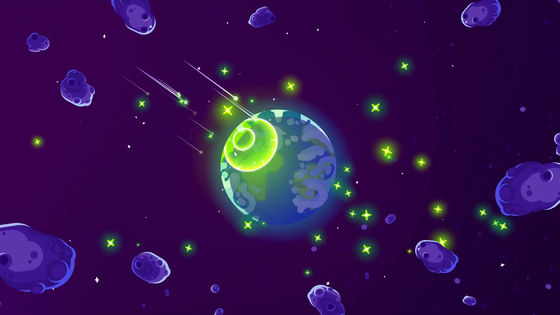
Life could be found in the dry riverbeds of Mars and the warm underground oceans of
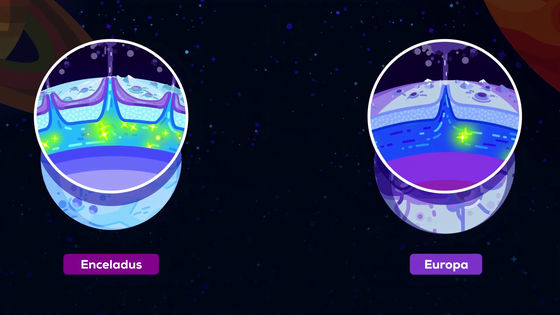
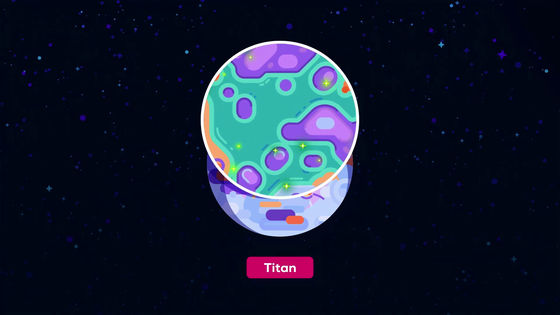
However, so far, we humans have not found any human-like beings in our observations of the universe. However, this may be because it took more than 10 billion years to realize the complexity of life. There could be millions of worlds full of microbes, oceans full of exotic fish, and continents full of strange animals.

Furthermore, there is a possibility that there are life forms somewhere in the universe that have recently acquired consciousness and are looking at the sky wondering if they are alone, just like humans. Kurzgesagt pointed out that life now may even be thriving in countless forms and in all kinds of cosmic environments.
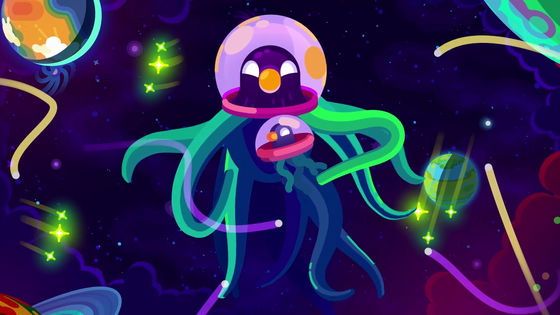
Related Posts:







